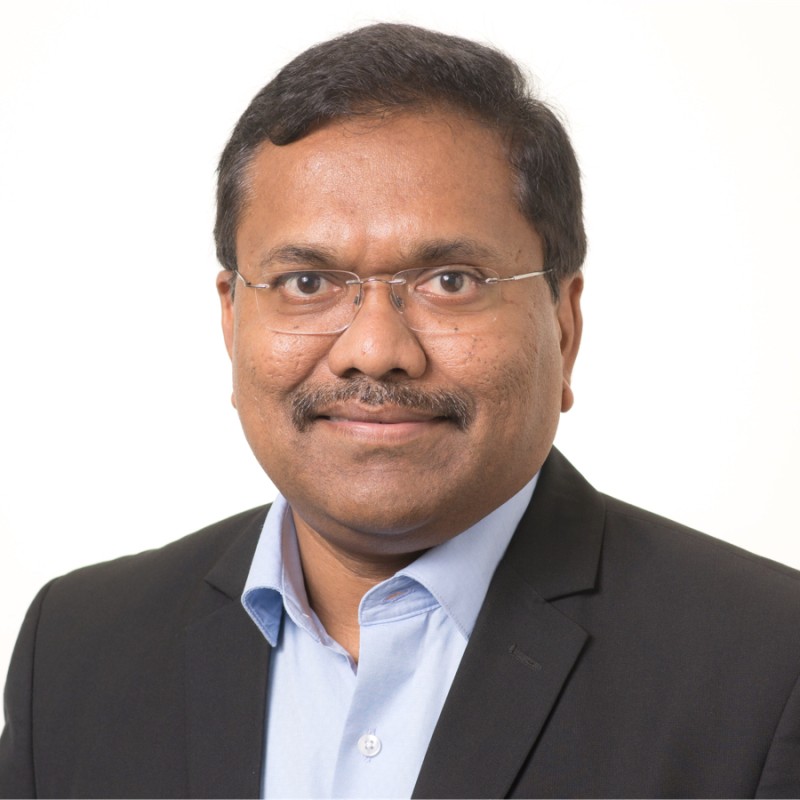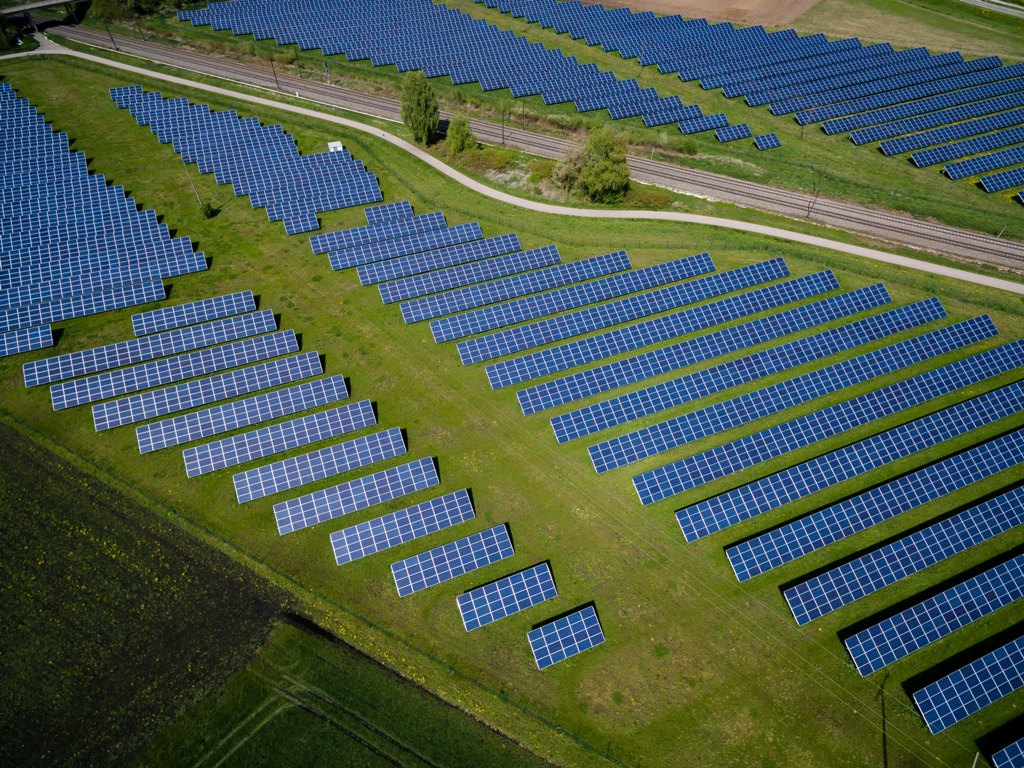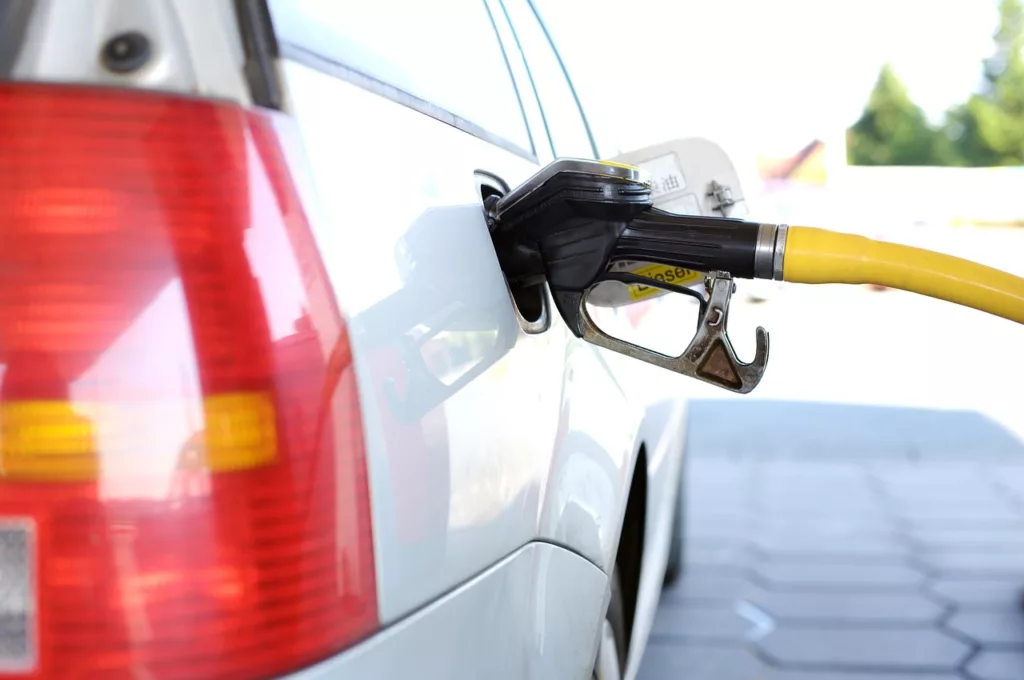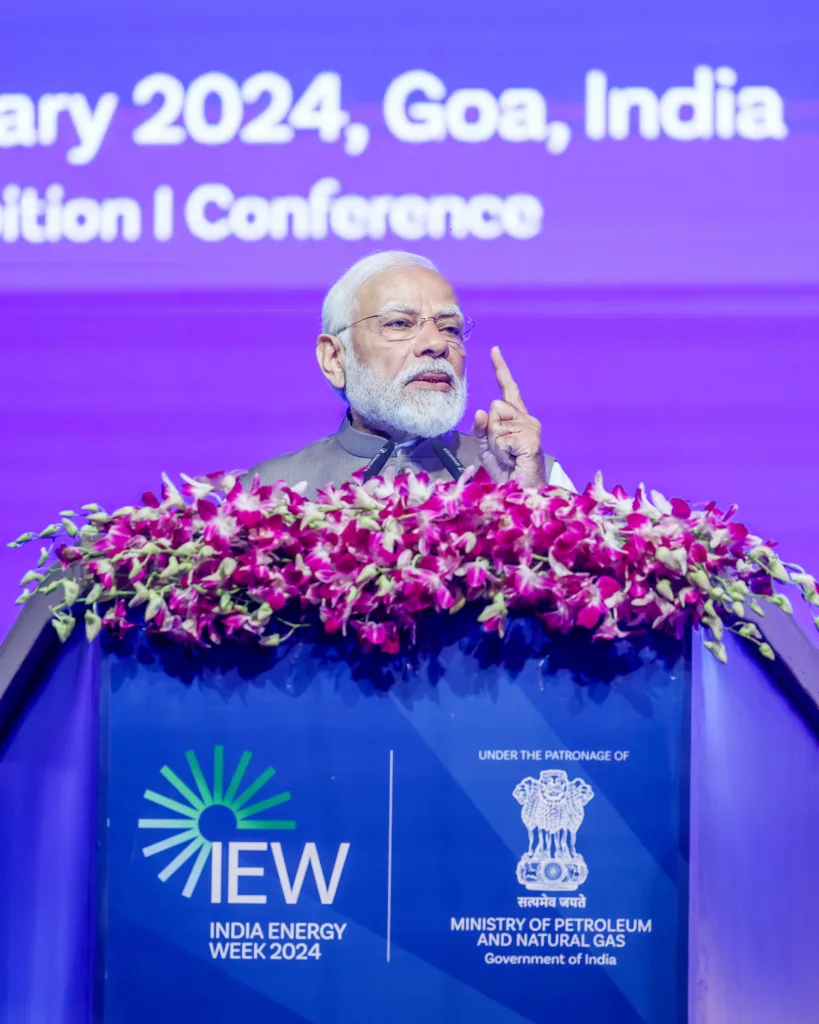By Unnadha Raja, Head of Sulzer Services, India
India has some of the world’s most ambitious clean energy targets — 500 GW of renewable energy by 2030 and net-zero emissions by 2070 — the nation is sending a clear signal of its intent. However, the reality on the ground remains nuanced.

Despite the rise of solar and wind corridors, coal still powers 70 percent of India’s electricity needs. And while record coal production and imports in 2024 point to short-term needs, long-term energy resilience will depend on the ability to strengthen the backbone of power generation — our ageing infrastructure.
A smarter approach to infrastructure
India’s ageing energy infrastructure — especially in thermal power and downstream oil and gas — poses both risk and potential. Ageing equipment often causes delays and inefficiencies, which affect not only performance but also emissions and the country’s overall energy security.
However, completely replacing these systems is neither economically viable nor environmentally ideal.

Installing entirely new systems while keeping operations running comes with significant economic and logistical challenges, making it essential to extend the life of existing equipment.
Many of India’s upstream, midstream, and downstream assets — such as turbines, pumps, and electromechanical systems — experience heavy wear and degradation. These older systems not only operate less efficiently, increasing carbon emissions, but often lack OEM (original equipment manufacturer) support, with spare parts and technical expertise becoming scarce.
As a result, producers and operators must focus on optimising existing equipment to enhance performance and keep pace with rising demand and evolving operational needs.
To achieve efficiency gains, OEM-independent service providers with modernising solutions are a key element. For example, reverse engineering can replicate or improve older components where original blueprints are unavailable. Re-rates and retrofits also offer a viable path to boost capacity or integrate newer technologies without full system replacement.
Globally, many markets have successfully embraced modernisation as a practical solution. In the North Sea, upgrading injection pumps boosted production by 20 percent without the need for new installations.
At a power plant in Indonesia, re-manufacturing the stator core extended the equipment’s lifespan by three decades and reduced downtime by 40 percent. Meanwhile, retrofitting diesel pumps at an Indonesian oil refinery resulted in a 50 percent cost saving compared to purchasing brand-new units.
India’s Central Electricity Authority (CEA) has also acknowledged this approach, updating its R&M guidelines in 2020 to support flexible operations and emissions compliance for thermal power plants.
With coal capacity projected to grow from 211 GW to up to 441 GW by 2040, the industry should take note that upgrading the drive train — pumps, turbines, generators — of older units presents a significant opportunity.
Renewables integration needs resilient systems
India’s push for clean energy is as much about reliability as it is about capacity. Integrating wind and solar power introduces variability that traditional, centralised power infrastructure was not built to manage. This intermittent nature puts added pressure on grid stability, requiring not only more flexible power sources but also better coordination, faster response times, and smarter system design to maintain a consistent, reliable energy supply.
Many of today’s power systems are not designed for decentralised and variable sources of electricity. Rapid shifts in renewable generation levels can destabilise frequency and voltage levels, heightening the possibility of power outages or expensive manual interventions. Traditional thermal power plants, with their slower ramp-up and ramp-down speeds, add another layer of complexity in managing demand fluctuations.

India is seeing a rise in plant rehabilitation efforts aimed at modernising thermal power assets to enhance their adaptability and meet environmental standards. Yet, more can be done.
By forming strategic partnerships focused on re-rating, upgrading components, and implementing retrofits, older power plants can be better equipped to adapt to more dynamic operating conditions. These enhancements are key to ensuring that thermal plants continue to provide the firm, dispatchable power that renewable-heavy systems need.
Additionally, brownfield upgrades — like the expansion of 600 MW units to 800 MW — and the development of small captive power plants (up to 50 MW) create new avenues for cost-effective technology deployment. Solutions such as BB4 pumps with non-metallic wear rings can deliver operational savings and higher efficiency in these setups.
A strong predictive and preventive maintenance strategy is just as important. Many equipment failures stem from limited diagnostic insights and slow response times. Partnering with service providers that have OEM-independent expertise and a strong local presence can significantly speed up repairs and minimise system downtime.

Early and timely fault detection, accurate root-cause analysis, and swift intervention for repairs are critical to maintaining power system stability and preventing subsequent disruptions.
There’s also untapped potential in overhauling non-India-supplied equipment — especially assets from Chinese or South Korean OEMs, found in facilities operated by major industry players in India. These older assets are ripe for performance recovery through advanced diagnostics and component-level rehabilitation.
A comprehensive energy audit can also offer actionable insights across the entire drive train — pumps, turbines, and auxiliary systems — providing a data-driven roadmap to cut losses and extend asset life.
A regional blueprint for resilience
India’s energy landscape mirrors a wider trend across Asia, where countries are working to shift from fossil-fuel-dependent systems to renewable energy — all amid growing consumption and mounting strain on infrastructure.
For these economies, upgrading current assets and improving system adaptability will be key to building a more sustainable energy future.

The next phase of India’s energy evolution will not be driven by new capacity alone. The deeper transformation lies in how well existing systems are adapted, repurposed, and prepared for more agile, decentralised operations.
Power system resilience — through modernisation, smarter maintenance, and flexible performance—will be the real enabler of India’s net-zero ambitions.
(Disclaimer: The views expressed are the author’s own and do not necessarily represent the views of Connected to India.)


